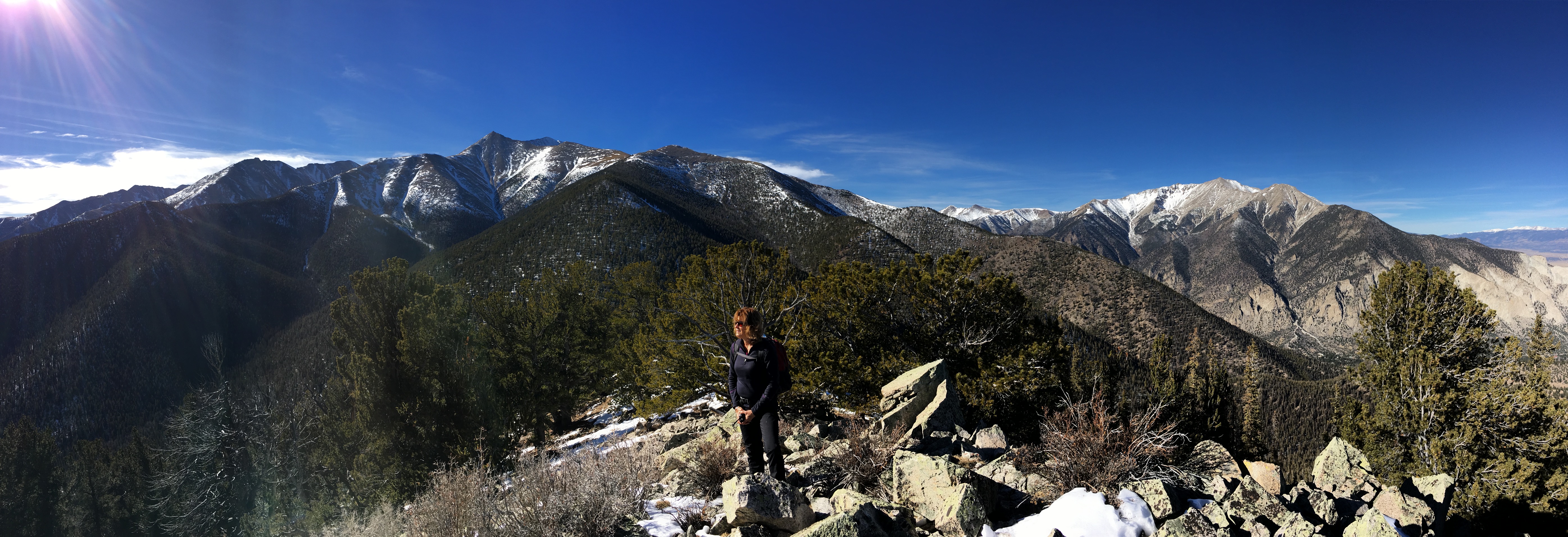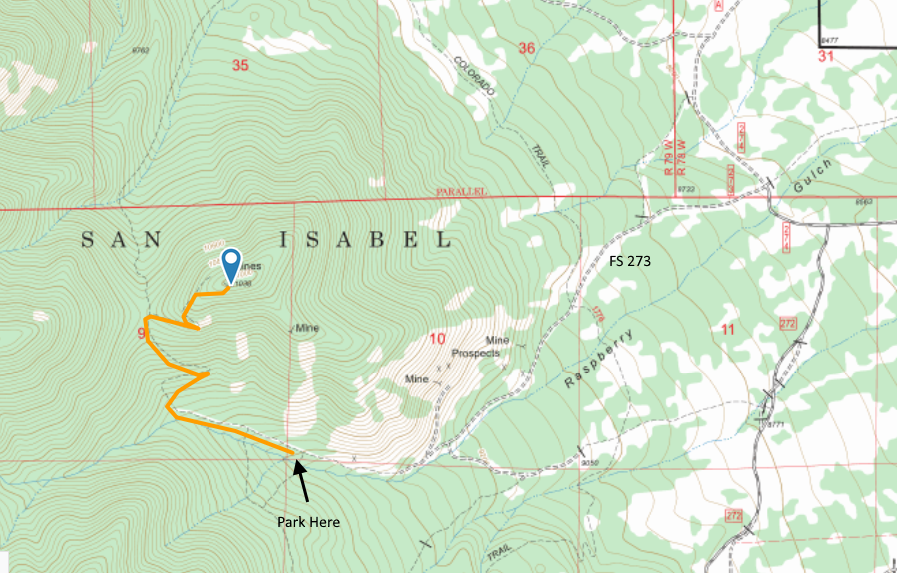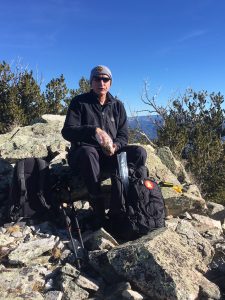 SOTA, POTA, NPOTA ??? Now there’s NOTA
SOTA, POTA, NPOTA ??? Now there’s NOTA
From the ARRL Website:
The Amateur Radio clubs at National Aeronautics and Space Administration (NASA) centers around the US have invited the Amateur Radio community to join the NASA On The Air (NOTA) special event. NOTA gets under way in December 2017 and continues through December 2018. In addition to being the agency’s 60th anniversary, 2018 will mark 50 years since NASA orbited the first human around the moon, and 20 years since the first elements of the International Space Station (ISS) were launched into low-Earth orbit.
Starting on Monday, December 11, 2017 (UTC), Amateur Radio club stations at various NASA centers and facilities will be on the air with special event operations to celebrate these monumental achievements, as well as current milestones. Some clubs will offer commemorative QSL cards, and a special certificate will be available indicating the number of NASA club stations worked on various bands and modes.
“We plan to have a web-based system for you to check your points total and download a printable certificate at the end of the event in December 2018,” the NASA announcement said. “Points will be awarded for each center worked on each band and mode (phone, CW, digital, and ‘space’ modes — satellites, meteor scatter, EME, ISS APRS).” That would, of course, include contacts with any of the Amateur Radio stations on the ISS.
Key anniversaries during NOTA include the 45th anniversary of Apollo 17 on December 11, 2017, which kicks off the event; NASA’s founding on July 29, 1958; the 20th anniversary of the ISS first element launch on November 20, 1998; the 20th anniversary of the ISS Node 1 Launch on December 4, 1998, and the 50th anniversary of Apollo 8 — launched on December 21, 1968, and returned on December 27 — marking the end of the event.
Ham radio clubs at various NASA facilities will sponsor their own special events to commemorate and celebrate specific events.
“We hope to be on the air for casual contacts and contests as well. All contacts with NASA club stations will count toward your total,” the announcement said. “QSL cards can be requested from each club you work and details will be on the individual QRZ.com profile page for each club call sign.”
Larry Makoski, W2LJ, is a regular contributor to AmateurRadio.com and writes from New Jersey, USA. Contact him at w2lj@arrl.net.
 Ground Station 33
Ground Station 33
After a few weeks of testing SatNOGS production Ground Station 33 is up and running. I think there are quite a lot of improvements to be made but essentially the non-rotator set up is looking average at best but reliable enough to be a production ground station. So in honour of the RF sinkhole that sucks up useful signals I call home, it has been named St Bees GS (well the reality of it is that I couldn’t think of a suitable name). So what is next?
First on the list is a new RPi. The current one is working but coughs and splutters a bit with some of the hard work. So I’ll be ordering a new one in due course. Secondly is settling on an antenna system. Currently the turnstile works but I can’t help think that a QFH, or maybe a pair (one for vhf and one for uhf) would be better. The last thing on the list is to resurrect the rotator. After setting fire to a few driver boards in the past I’ve ordered a new board and PSU and we’ll see if we can repeat the v1 success.
Trouble is, domestic duties will be spoiling plans but then again I do like a good game of rugby and a bacon roll in the winter sunshine is a good alternative. L’al fella (for all the Cumbrian folk) has had back to back games for the last 5 weeks and he’s keen to keep up the winning streak. More progress to follow.
Onwards and upwards (literally in this case)
Alex Hill, G7KSE, is a regular contributor to AmateurRadio.com and writes from Cumbria, UK. Contact him at g7kse@yahoo.co.uk.
 Ham College 35
Ham College 35
Ham College episode 35 is now available for download.
General Amateur Radio Exam part 6. Selecting a frequency. AM, FM and Sideband demonstration. Impedance.
01:08:03
George Thomas, W5JDX, is co-host of AmateurLogic.TV, an original amateur radio video program hosted by George Thomas (W5JDX), Tommy Martin (N5ZNO), Peter Berrett (VK3PB), and Emile Diodene (KE5QKR). Contact him at george@amateurlogic.tv.
 CQ WW Contest
CQ WW Contest
FT8 hasn't killed CW yet
CQ WW Contest
| Lots of CW stations grabbing those final contacts of the contest |
Richard Carpenter, AA4OO, is a regular contributor to AmateurRadio.com and writes from North Carolina, USA. Contact him at aa4oo@hamradioqrp.com.
 Where has the site Band conditions gone?
Where has the site Band conditions gone?
Mike Weir, VE9KK, is a regular contributor to AmateurRadio.com and writes from New Brunswick, Canada. Contact him at ve9kk@hotmail.com.
 ICQ Podcast Episode 254 – Active Receive Antennas
ICQ Podcast Episode 254 – Active Receive Antennas
In this episode, Martin is joined by Chris Howard M0TCH Martin Rothwell M0SGL Dan Romanchik KB6NU and Ed Durrant DD5LP to discuss the latest Amateur / Ham Radio news. Colin M6BOY rounds up the news in brief, and this episode’s feature is Active Receive Antennas.
We would like to thank our monthly and annual subscription donors for keeping the podcast advert free. To donate, please visit - http://www.icqpodcast.com/donate
- The ARRL International Grid Chase
- Dutch Regulator takes Enforcement Action
- December YOTA Event
- First Berlin Built D-Star Satellite
- Southwestern Division Director Censured by ARRL
- SDR pioneer Dr. Vanu Gopal Bose SK
- Iceland to End Amateur/Ham Radio Callsign Discrimination
- Copper Shortage to Raise PCB Prices
Colin Butler, M6BOY, is the host of the ICQ Podcast, a weekly radio show about Amateur Radio. Contact him at info@icqpodcast.com.
 Hidden Gem: W0C/SP-076 Unnamed SOTA Summit
Hidden Gem: W0C/SP-076 Unnamed SOTA Summit
Walt/W0CP had recommended this Summits On The Air (SOTA) summit (W0C/SP-076) to me a while ago. Somehow it had escaped my attention, probably because it’s an unnamed peak and not that well known. Joyce/K0JJW and I decided to give it a try today and it turned out great.

We followed Walt’s directions on the SOTA website, using the southern route. We were pleasantly surprised to find a pretty good trail most of the way to the summit. There were a few spots with downed timber, where people have diverted around the logs, but generally the trail was easy to follow. The trail is not shown on many maps, including the USFS San Isabel Forest map. Thus, I was expecting considerable bushwacking to get to the summit.

The route to the trailhead is via FS Road 273, easily accessible from Highway 285 south of Buena Vista and north of Salida. See the San Isabel National Forest map for orientation. The road is narrow in spots. Our Jeep Wrangler fit OK but a wider vehicle would get to deal with the brush on both sides of the road. The road is easy 4WD and should be passable with a high-clearance 2WD vehicle. The road had some snow on it (Nov 25, 2017) and with a few more snowstorms may not be passable.

The road continues a little further than indicated on our topo map but it is obvious when it ends. After that, the road turns into a nice trail (our route shown on the map above). The trail has a few broad switchbacks that made for easy hiking. When we got near the summit, the trail was covered by many small snow drifts, so we opted to go off trail and just head for the summit. So our last quarter mile or so is probably not optimal for summer hiking. There are several mines at or near the top of the mountain.
We had quite a variety of radios with us, for 2m, 1.25m, 70 cm and 23 cm, FM only. We started on the workhorse band (2m FM) with the 25W Tytera radio and a vertical half-wave antenna. It seems that someone (me) left the 3-element 2m yagi antenna at home. We quickly made contacts with KD0MRC, W0BV, KD0VHD, KE0DMT and KL7GLK on 2m and/or 70 cm. I used my Alinco 222 MHz handheld to work KD0MRC on 223.5 MHz, which is apparently the first 222 MHz SOTA contact in Colorado. (Yeah, not a popular band.)
For the most part, it was pleasant on the summit, about 40 degrees F, but it got cold whenever the wind picked up. Without the wind, it was great. With the wind, kind of cold.
This is a great hike and a great summit. Only a few people have activated it for SOTA, so I wanted to write it up for others to consider. We will definitely return to this one due to it’s excellent combination of easy accessibility, good trail and wonderful views.
73, Bob K0NR
The post Hidden Gem: W0C/SP-076 Unnamed SOTA Summit appeared first on The KØNR Radio Site.
Bob Witte, KØNR, is a regular contributor to AmateurRadio.com and writes from Colorado, USA. Contact him at bob@k0nr.com.














